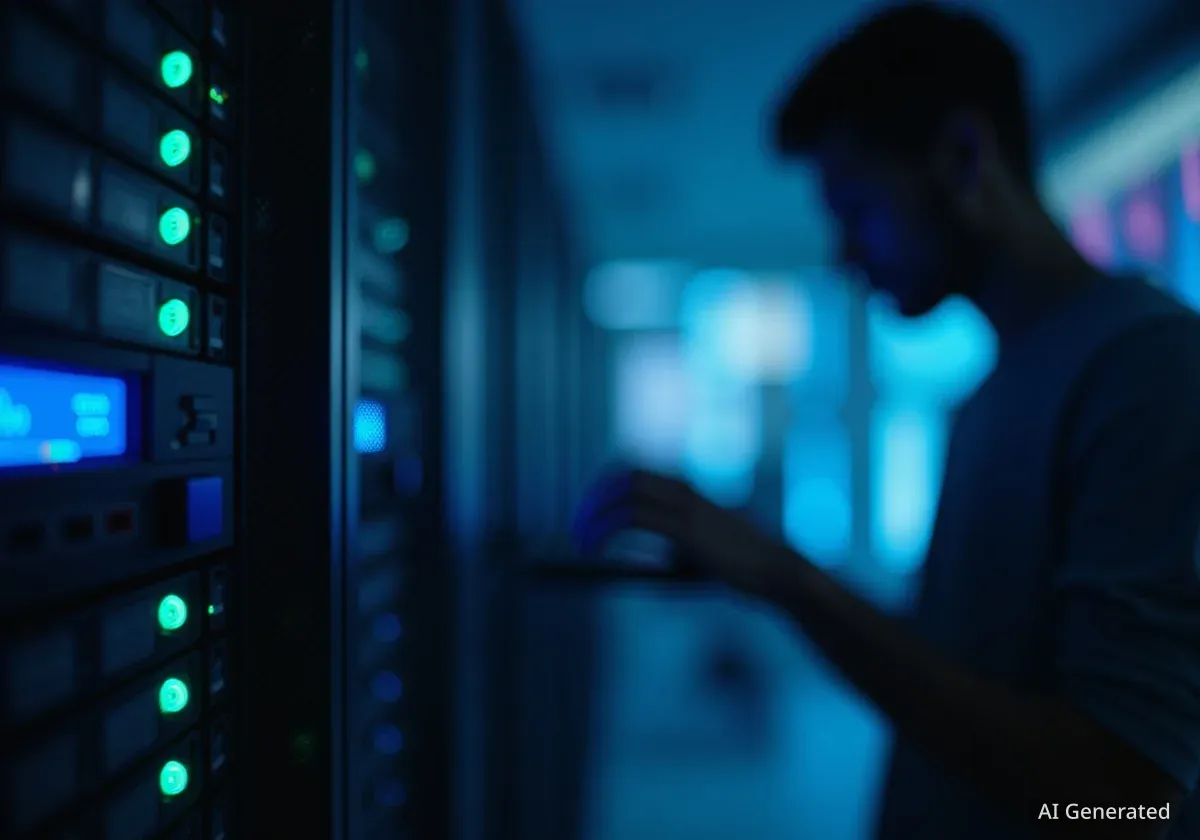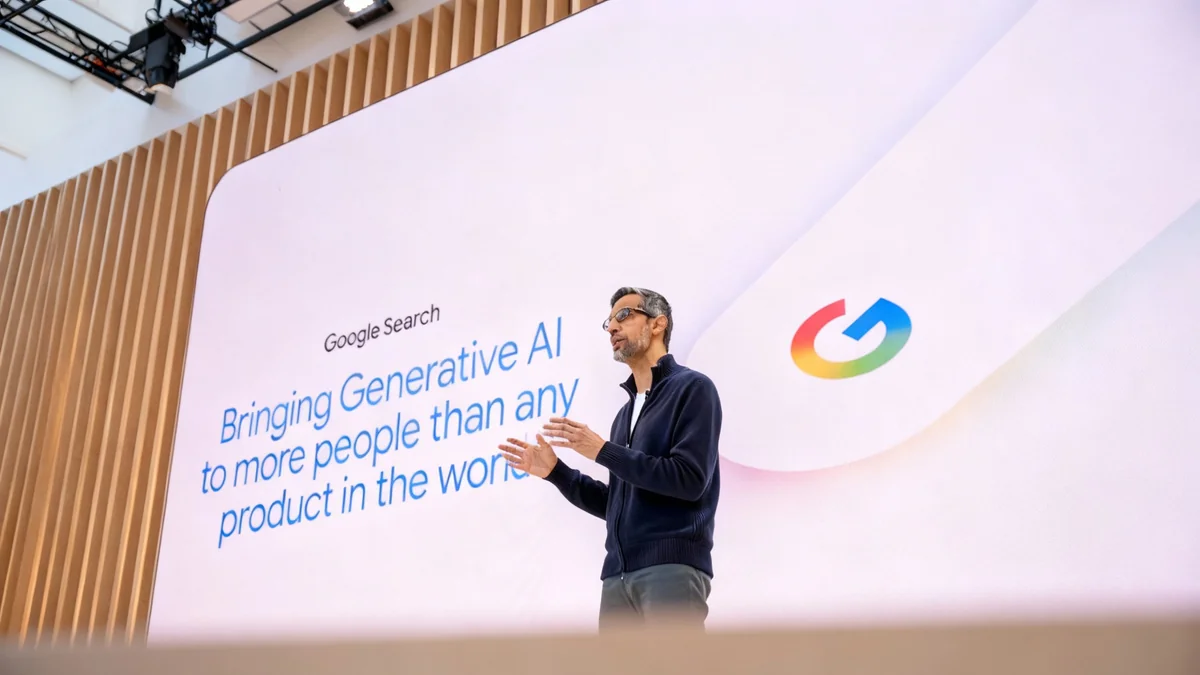A new open-source framework named Cybersecurity AI (CAI) has been released, offering security professionals a powerful toolset for building and deploying AI-driven agents. The framework is designed to handle both offensive and defensive cybersecurity operations, making advanced AI capabilities accessible to a broader audience, including researchers and ethical hackers.
Key Takeaways
- Cybersecurity AI (CAI) is a new open-source framework for creating AI-powered security tools.
- It enables users to build custom AI agents for tasks like vulnerability scanning, exploitation, and threat mitigation.
- The decision to make it open source aims to democratize access to advanced AI security tools and increase transparency.
- The framework supports over 300 AI models, including those from OpenAI, Anthropic, and Ollama, and is available for free on GitHub.
Understanding the Cybersecurity AI Framework
Cybersecurity AI (CAI) provides a foundational structure for security teams to develop and operate specialized artificial intelligence tools. It is intended for a wide range of users, from independent security researchers and ethical hackers to internal IT departments and large organizations. The primary goal of CAI is to leverage AI for automating and enhancing security tasks.
The framework supplies the essential components needed to create custom AI agents. These agents can be programmed to perform a variety of functions, such as identifying system weaknesses, testing defensive measures, and carrying out comprehensive security assessments. This allows teams to build solutions tailored to their specific operational needs.
Modular Design and Core Functions
CAI is built on a modular, agent-based architecture. This design allows users to construct specialized agents for distinct security objectives. For example, one agent could be focused on network reconnaissance while another is designed for exploiting discovered vulnerabilities.
The framework comes equipped with a set of built-in tools that cover critical security domains:
- Reconnaissance: Gathering information about target systems.
- Exploitation: Using vulnerabilities to gain access.
- Privilege Escalation: Gaining higher levels of control within a compromised system.
This agent-based approach ensures that the framework is scalable and can adapt to new challenges and evolving threats. Users are not limited to the pre-packaged tools; they can also integrate their own custom scripts and utilities into the system.
Proven in Practice
According to its developers, the CAI framework has already been successfully used in real-world scenarios, including HackTheBox Capture The Flag (CTF) competitions, professional bug bounty programs, and other practical security projects.
The Strategic Decision for Open Source
The developers of Cybersecurity AI made a deliberate choice to release the framework as an open-source project. This decision was driven by two principal motivations aimed at improving the overall landscape of AI in cybersecurity.
Democratizing Access to AI Tools
The first reason is to ensure that advanced AI-driven security capabilities are not confined to large corporations or government agencies with significant resources. By making CAI freely available, the project provides smaller organizations, independent researchers, and ethical hackers with access to the same level of technology.
"Advanced cybersecurity AI tools shouldn’t be limited to big companies or governments. By making CAI open source, they give researchers, ethical hackers, and organizations access to the same capabilities, helping to balance the field."
This approach fosters a more level playing field, allowing a wider community to contribute to and benefit from advancements in AI security.
Promoting Transparency in AI Capabilities
The second motivation addresses a lack of clarity in the industry regarding the true capabilities of AI in security. The developers noted that many commercial vendors often downplay the offensive potential of their AI systems, which can create a false sense of security and introduce unforeseen risks.
By developing CAI in the open, the project aims to transparently demonstrate both its strengths and its limitations. This allows the security community to have a more realistic understanding of what AI can and cannot do, enabling them to make better-informed decisions about their security strategies and toolsets.
The Importance of Built-in Safeguards
To mitigate potential misuse, the CAI framework includes important safety features. It incorporates guardrails designed to prevent common security issues like prompt injection attacks and the execution of unsafe commands, adding a layer of protection for users operating the AI agents.
Technical Specifications and Integration
The Cybersecurity AI framework is designed to be lightweight and user-friendly, lowering the barrier to entry for those looking to incorporate AI into their security workflows. Its architecture is built for flexibility and performance.
A key feature of CAI is its extensive compatibility with a vast range of AI models. It supports over 300 different models, giving users the freedom to choose the one that best fits their task and budget. Supported model providers include:
- OpenAI
- Anthropic
- DeepSeek
- Ollama (for local models)
This wide-ranging support ensures that users are not locked into a single AI ecosystem and can adapt their tools as new and more powerful models become available. The framework also has logging and tracing capabilities built-in through an integration with Phoenix, which helps users monitor and debug the behavior of their AI agents.
Availability and Community Access
Cybersecurity AI is available now for free download on GitHub. As an open-source project, it invites contributions from the global security community, encouraging collaboration to further develop its features and applications. This community-driven model is expected to accelerate its evolution and ensure it remains relevant in the fast-paced field of cybersecurity.
The release of CAI represents a significant step in making sophisticated AI tools more accessible for defensive and offensive security operations. By empowering a broader set of users, the framework has the potential to influence how organizations and individuals approach vulnerability testing and threat mitigation in the future.





